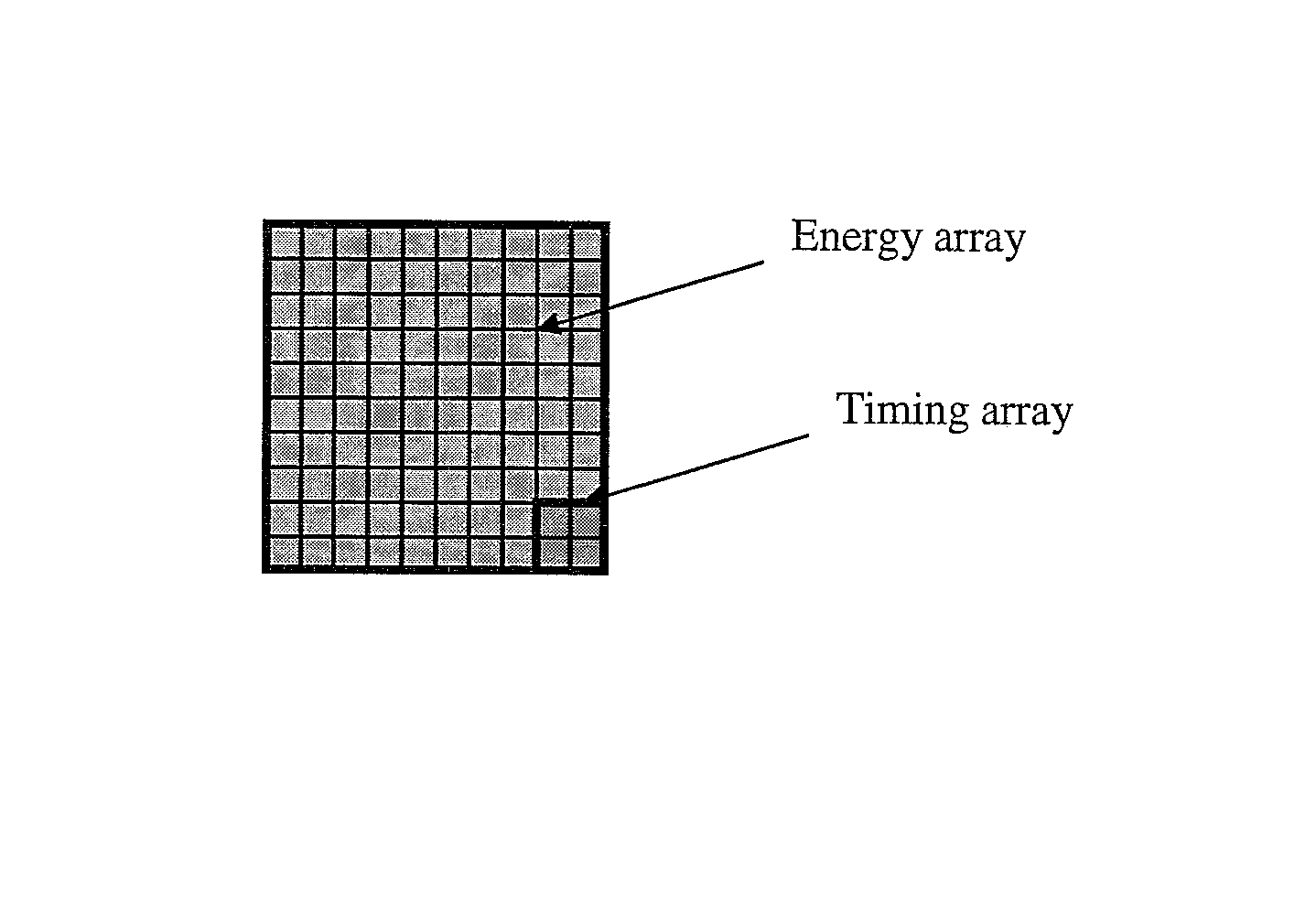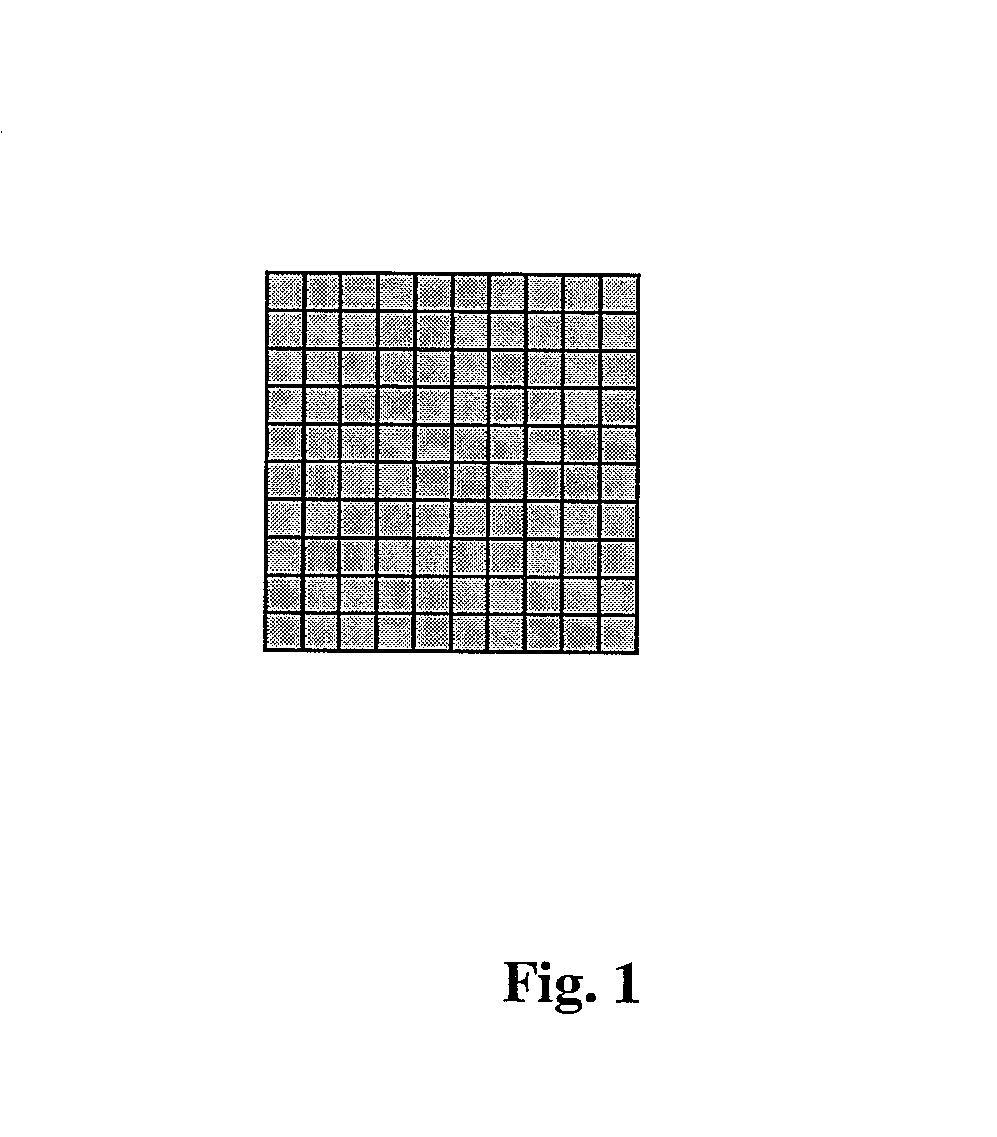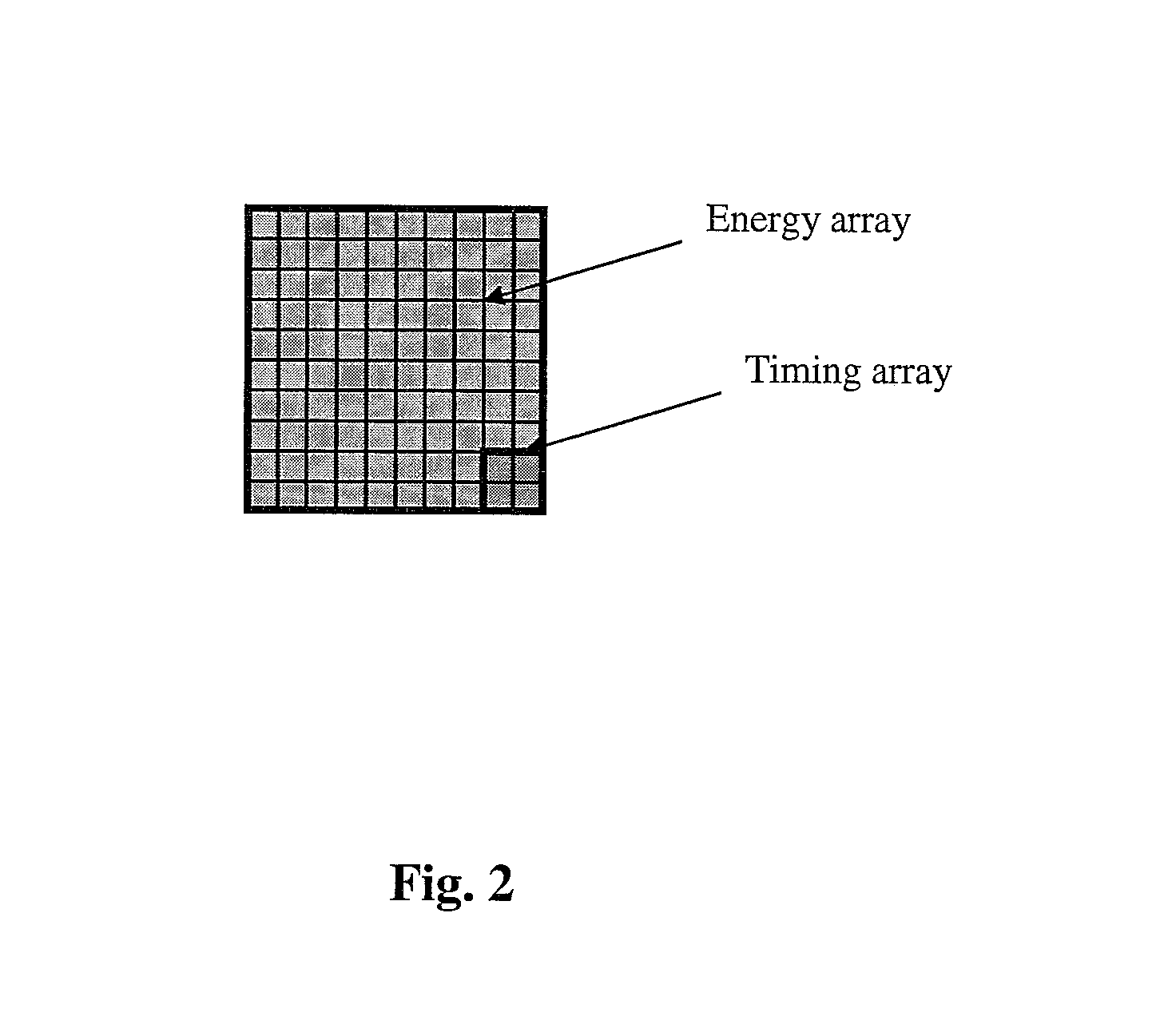Dual channel SiPM for optimal energy and fast timing
a dual-channel, fast timing technology, applied in the field of medical imaging systems, can solve the problems of fewer photons that can be collected, the size of the device needs to be compromised, and the device is too small to be used, so as to achieve high quantum efficiency, low noise, and high gain
- Summary
- Abstract
- Description
- Claims
- Application Information
AI Technical Summary
Benefits of technology
Problems solved by technology
Method used
Image
Examples
example
[0030]Because APDs are insensitive to magnetic fields, they can be used in PET modules with PET and / or MR imaging. Two, APD-based, PET modules have been evaluated for use in combined PET / MR imaging. Each module comprises 4 independent, optically isolated detectors. Each detector comprises an 8×8 array of 2 mm×2 mm×20 mm LSO crystals read out by a 2×2 array of 5 nm×5 mm Hamamatsu S8664-55 APDs. The average crystal energy resolution and time resolution (against a plastic scintillator on a PMT) of the detectors was 17% and 1.8 ns, respectively. The modules were positioned in the tunnel of a 1.5 Tesla Siemens Symphony MR scanner. The presence of the PET modules decreased the MR signal-to-noise ratio by about 15% but no image interference was observed. The gradient and RF pulse sequences of the MR produced adverse effects on the PET event signals. These high frequency pulses did not affect the true PET events but did increase the dead time of the PET system. Simultaneous, artifact-free, ...
PUM
 Login to View More
Login to View More Abstract
Description
Claims
Application Information
 Login to View More
Login to View More - R&D
- Intellectual Property
- Life Sciences
- Materials
- Tech Scout
- Unparalleled Data Quality
- Higher Quality Content
- 60% Fewer Hallucinations
Browse by: Latest US Patents, China's latest patents, Technical Efficacy Thesaurus, Application Domain, Technology Topic, Popular Technical Reports.
© 2025 PatSnap. All rights reserved.Legal|Privacy policy|Modern Slavery Act Transparency Statement|Sitemap|About US| Contact US: help@patsnap.com



